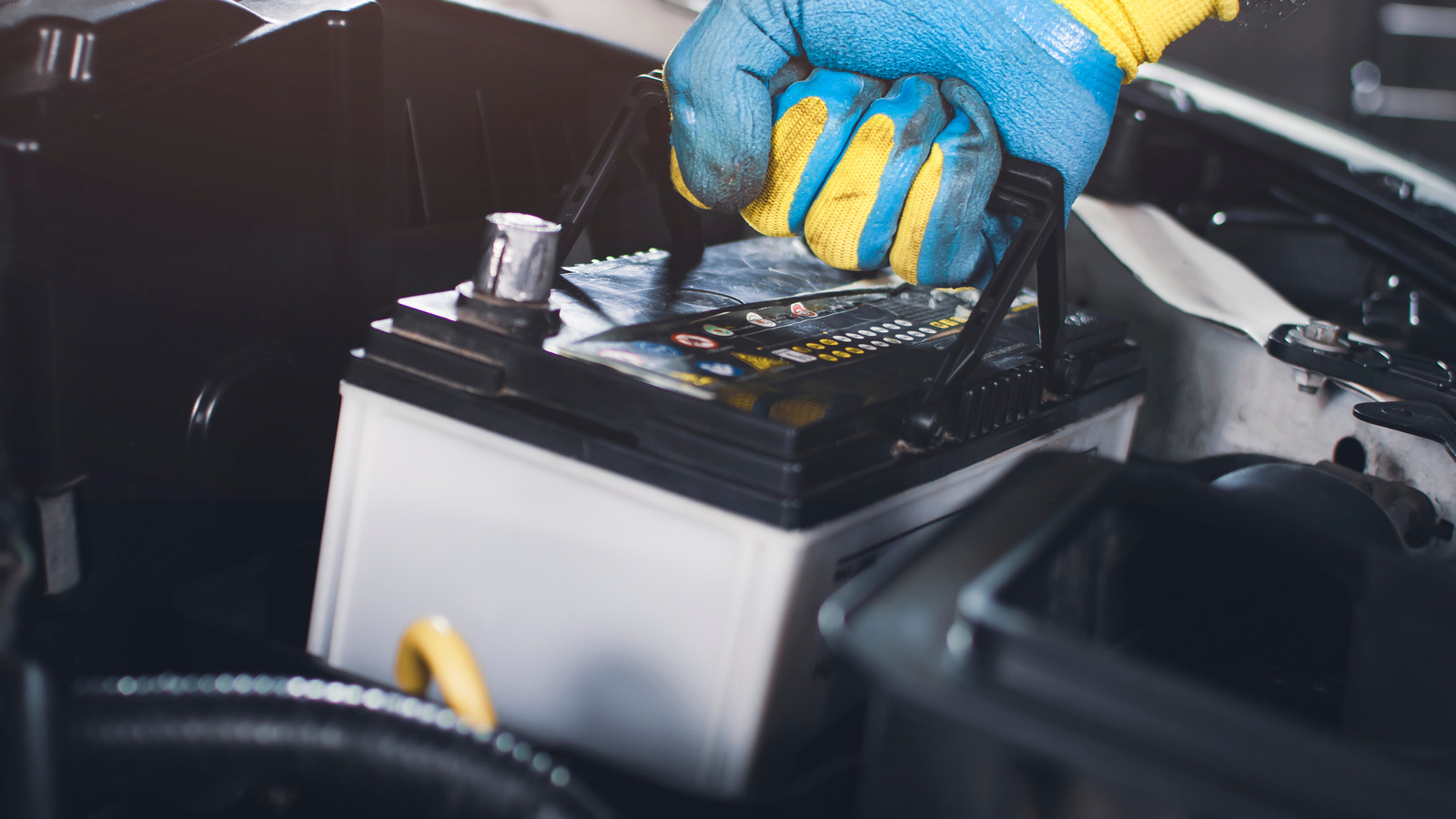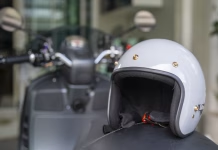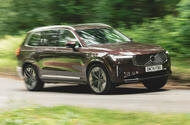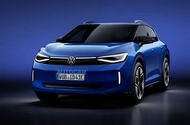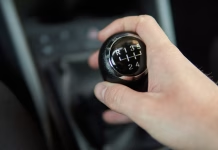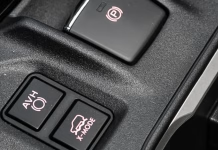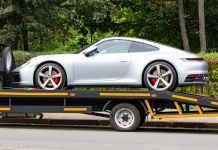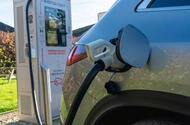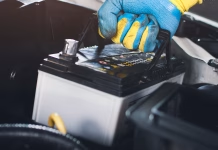How to Choose a Motorcycle Helmet That Truly Protects You
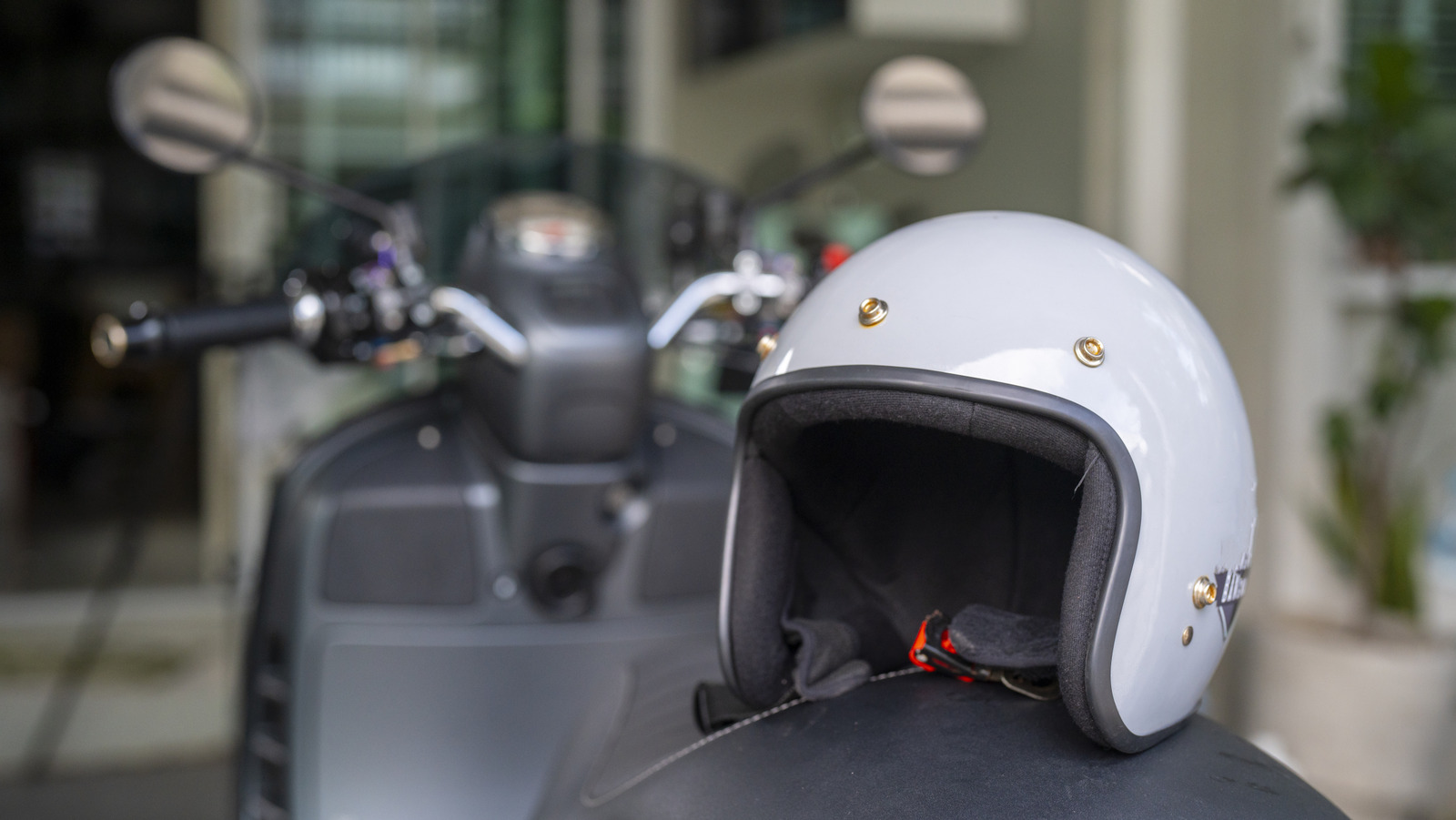
Volvo XC90 2025 Review Is the Updated Seven Seater Still a Top Family SUV...
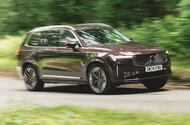 Facelifted seven-seat old-stager gains an indefinite stay of execution It was probably fate for the current version of the Volvo XC90, the vehicular embodiment of pragmatism and rationality, to steadfastly refuse to die. Why would it, after all, if it could still be useful?The car originally planned as the XC90’s all-electric successor, the Volvo EX90, is already in production yet this Swedish-made seven-seater – with us in its pre-facelifted generation since 2015 – has been given an indefinite stay of execution. It will provide mild-hybrid and plug-in hybrid alternatives to the electric-only EX90, says Volvo, “for as long as there is demand for them”. But what kind of alternatives might those be and can an ostensibly a large premium-brand SUV tens years old and counting can really compete with so many much younger rivals? That’s what we’re about to find out here. Volvo has given the XC90 what amounts to a facelift of medium scope and has reappraised its prices and equipment levels. There are fewer engine choices now, but there’s also a more generous roster of kit and prices start from less than £65,000 – for a car with seven seats, and a whole lot else, as standard. So does this perennially popular big family car – a dependable 100,000-unit-a-year seller for Volvo every year since its production hit full swing in 2016 – still have tangible selling points in 2025?
Facelifted seven-seat old-stager gains an indefinite stay of execution It was probably fate for the current version of the Volvo XC90, the vehicular embodiment of pragmatism and rationality, to steadfastly refuse to die. Why would it, after all, if it could still be useful?The car originally planned as the XC90’s all-electric successor, the Volvo EX90, is already in production yet this Swedish-made seven-seater – with us in its pre-facelifted generation since 2015 – has been given an indefinite stay of execution. It will provide mild-hybrid and plug-in hybrid alternatives to the electric-only EX90, says Volvo, “for as long as there is demand for them”. But what kind of alternatives might those be and can an ostensibly a large premium-brand SUV tens years old and counting can really compete with so many much younger rivals? That’s what we’re about to find out here. Volvo has given the XC90 what amounts to a facelift of medium scope and has reappraised its prices and equipment levels. There are fewer engine choices now, but there’s also a more generous roster of kit and prices start from less than £65,000 – for a car with seven seats, and a whole lot else, as standard. So does this perennially popular big family car – a dependable 100,000-unit-a-year seller for Volvo every year since its production hit full swing in 2016 – still have tangible selling points in 2025?Why the Boeing 787 Flies Without Winglets

Volkswagen ID 4 Reinvented Inside and Out for 2026 With Bold New Design and...
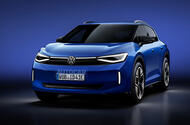
Autocar artist's impression shows what the reinvented ID 4 could look likeID 4 facelift, known internally as 'electric Tiguan', will bring reinvention inside and out
Volkswagen will overhaul the ID 4 SUV so comprehensively next year that it will be more like a new generation than a facelift, as part of a drive to sustain its strong sales figures and make it a more obvious electric equivalent to the Tiguan.
The ID 4, Volkswagen's second bespoke electric car after the closely related ID 3 hatchback, is approaching its fifth birthday, having launched in 2020 as a crucial component of the firm's drive to become a global leader in EV sales.
It quickly became one of the world's most popular EVs, and remains an important part of Volkswagen's electric portfolio: currently it is Europe's fourth best-selling electric car, between the ID 7 and ID 3, according to figures from Jato Dynamics.
And now, at five years old, the Toyota bZ4X and Tesla Model Y rival is due an extensive round of design and technical updates to bring it into line with its newer stablemates.
Volkswagen CEO Thomas Schäfer said the new 2026 ID 4 is "really beautiful" and hinted at just how extensively it has been overhauled: "We'll re-do the ID 4 completely inside and out. It will be a completely different car - a huge step up."
A major priority for the design overhaul is to ensure the ID 4 is visually related to the upcoming ID 1 city car and ID 2 superminis. "We felt it needed to fit in with the new design language going forward, since it is still our most important electric vehicle in numbers," said Schäfer.
“It's also to stay competitive for a while: let's [bring] a completely new one.”
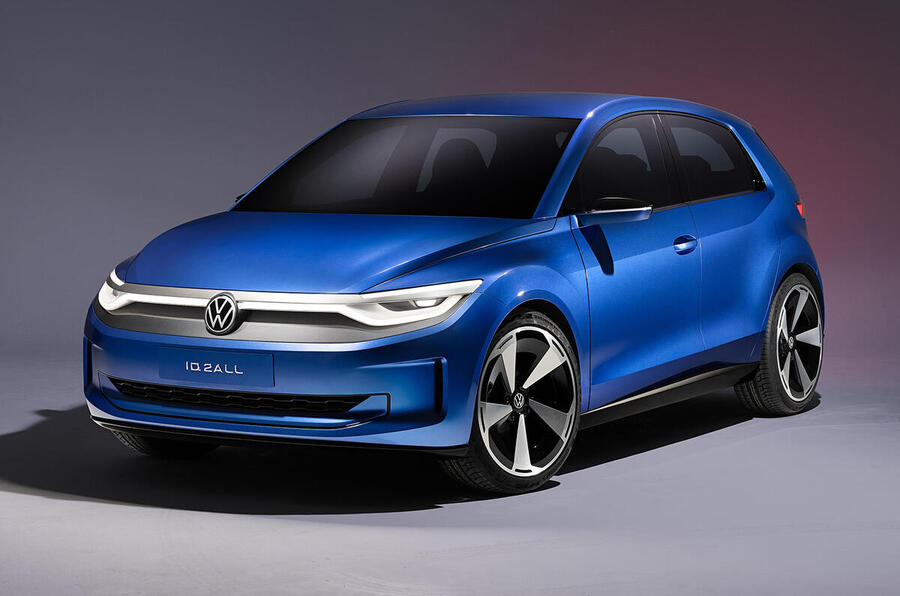
Autocar understands the new ID 4 is known internally as the 'electric Tiguan', hinting at a push to present the two similarly sized SUV models more overtly as siblings.
The company has not confirmed plans to go as far as changing the ID 4’s name, but Schäfer previously suggested to Autocar that the Tiguan moniker would always have a place in Volkswagen’s portfolio - even as the line-up goes all-electric: “We've decided we're not going to throw away the traditional, successful names that have carried us for so long, that we've invested in for so long, like Golf and Tiguan. Why would you let them go?”
An electric Tiguan equivalent has long been understood to be part of Volkswagen's product roadmap, the combustion-powered car being Volkswagen's most popular car globally, and was earmarked for a launch in 2025 or 2026 - which would coincide with the planned rollout for the upgraded ID 4.
Speaking to Autocar, Volkswagen technical development boss Kai Grünitz recently confirmed that the ID 4 will follow the ID 3 hatchback in adopting the new design language first introduced on the 2023 ID 2all concept, giving them “a family resemblance to the ID 2” as well as a “lower and squatter stance”.
Inside, Grünitz confirmed that the facelifted ID 3 and ID 4 will receive fully revised interiors featuring a new dashboard and user interface. Among the changes is a return of physical buttons and knobs in place of digital display-based functions and the controversial slider element, a move first hinted at by the ID 2All.
“We’re going to bring back a round knob for the volume control,” an insider said, adding: “If you develop something that works, and it has worked for years, there’s no reason to replace it.”
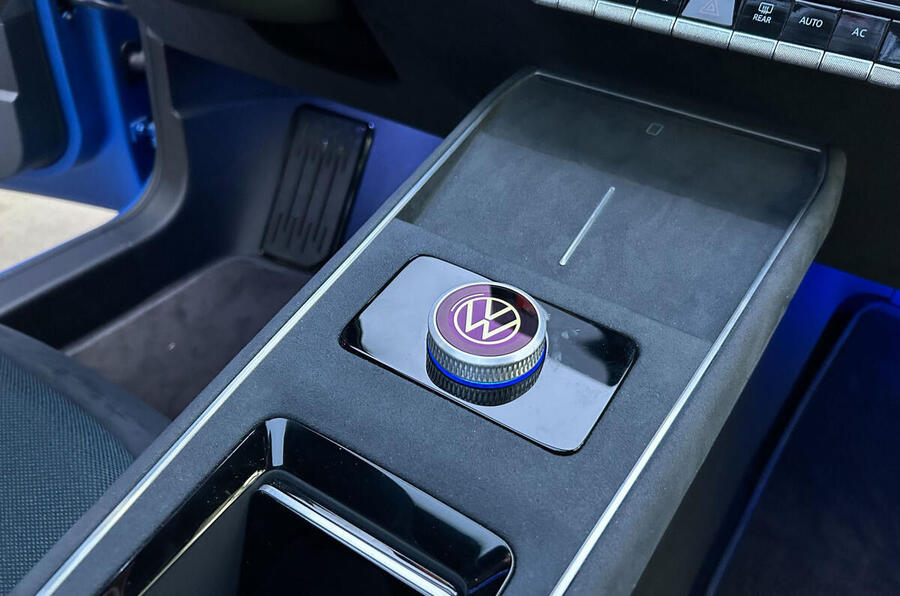
Technical details of the facelifted ID 3 and ID 4 have yet to be revealed, though Autocar has been told Volkswagen’s best-selling electric models will benefit from the efficiency and performance gains brought to other more recently launched models, including the ID 7, through newer and more technically advanced electric motors and more contemporary battery and inverter technology.
The facelifted ID 3 is scheduled to be revealed during the second quarter of next year, with the ID 4 arriving later in 2026.
The ID 4's rakish-roofed ID 5 sibling is understood to be earmarked for retirement, rather than undergoing the same round of updates. Volkswagen does not break out individual model performance in its annual reports, but the ID 5 is not currently in Europe's top 25 EVs, and has sold around a third the number of ID 4s in the UK since the duo launched.
The updates are part of a broader effort to reset Volkswagen’s image as a maker of EVs after early criticism of quality, software and user experience in its first-generation MEB-based models.
Alongside the arrival of three new MEB Entry-based EVs next year – the VW ID 2, Cupra Raval and Skoda Epiq – the goal is to extend the lifespan of the current 400V models to keep VW at the top of Europe’s EV sales charts, insiders say, while the firm readies its next-generation 800V SSP platform, which is due to underpin VW EVs from 2028.
Volkswagen also intends to differentiate its EV designs by region, with European and US models sharing a common design theme while Chinese-market cars receive their own styling direction. This strategy was hinted at by the unveiling of the ID Aura, Era and Evo at the Shanghai motor show in April.
Before the arrival of the heavily updated ID 3 and ID 4, Volkswagen will use the Munich motor show in September to preview its next electric model: the ID 2X. A crossover sibling of the ID 2, it is due to arrive in 2027 as a rival to the Jeep Avenger and Peugeot e-2008.
Engine Lugging Explained: What It Is and Why You Should Avoid It
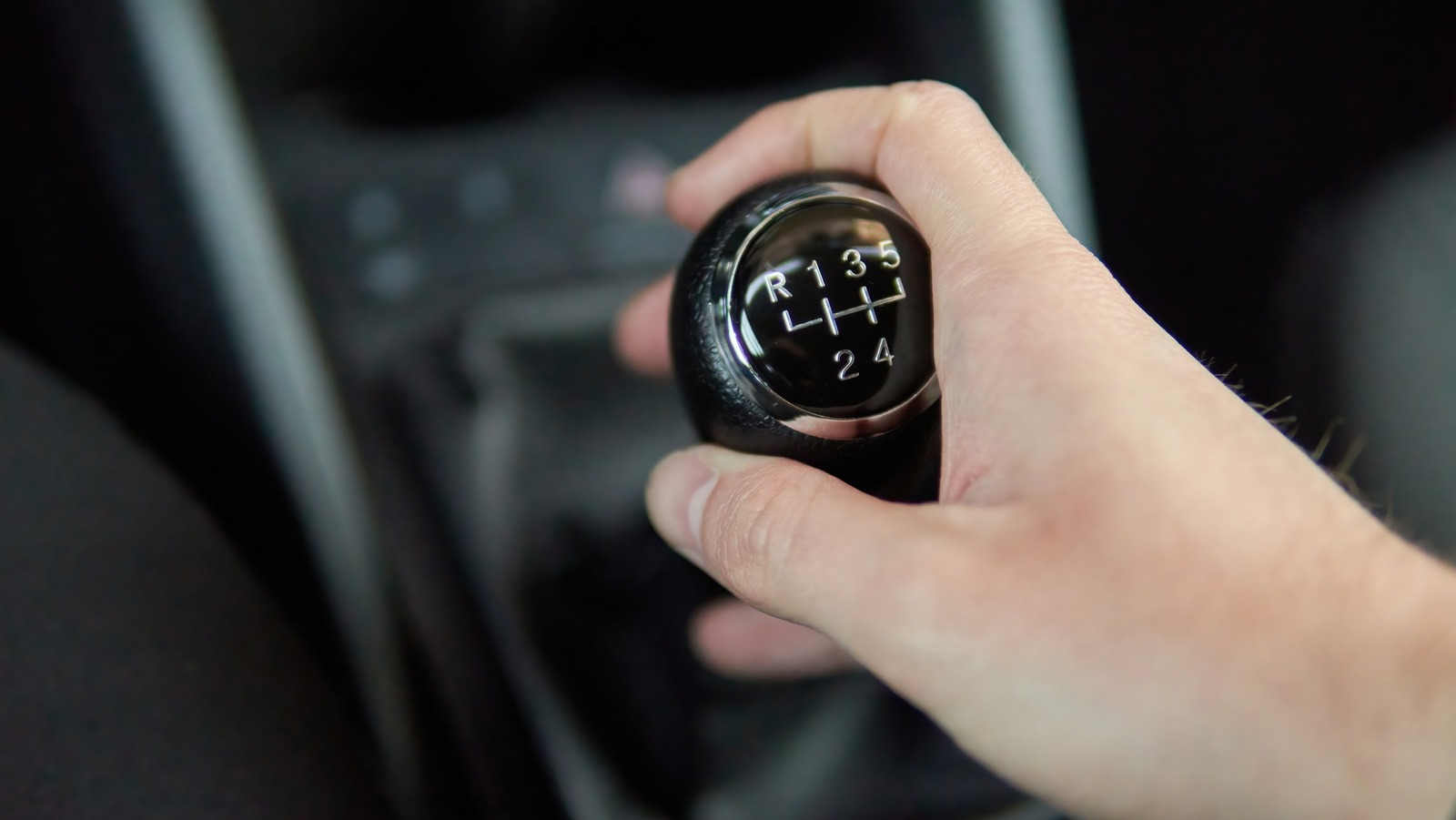
Subaru AVH Feature Explained: What It Does and How to Turn It Off
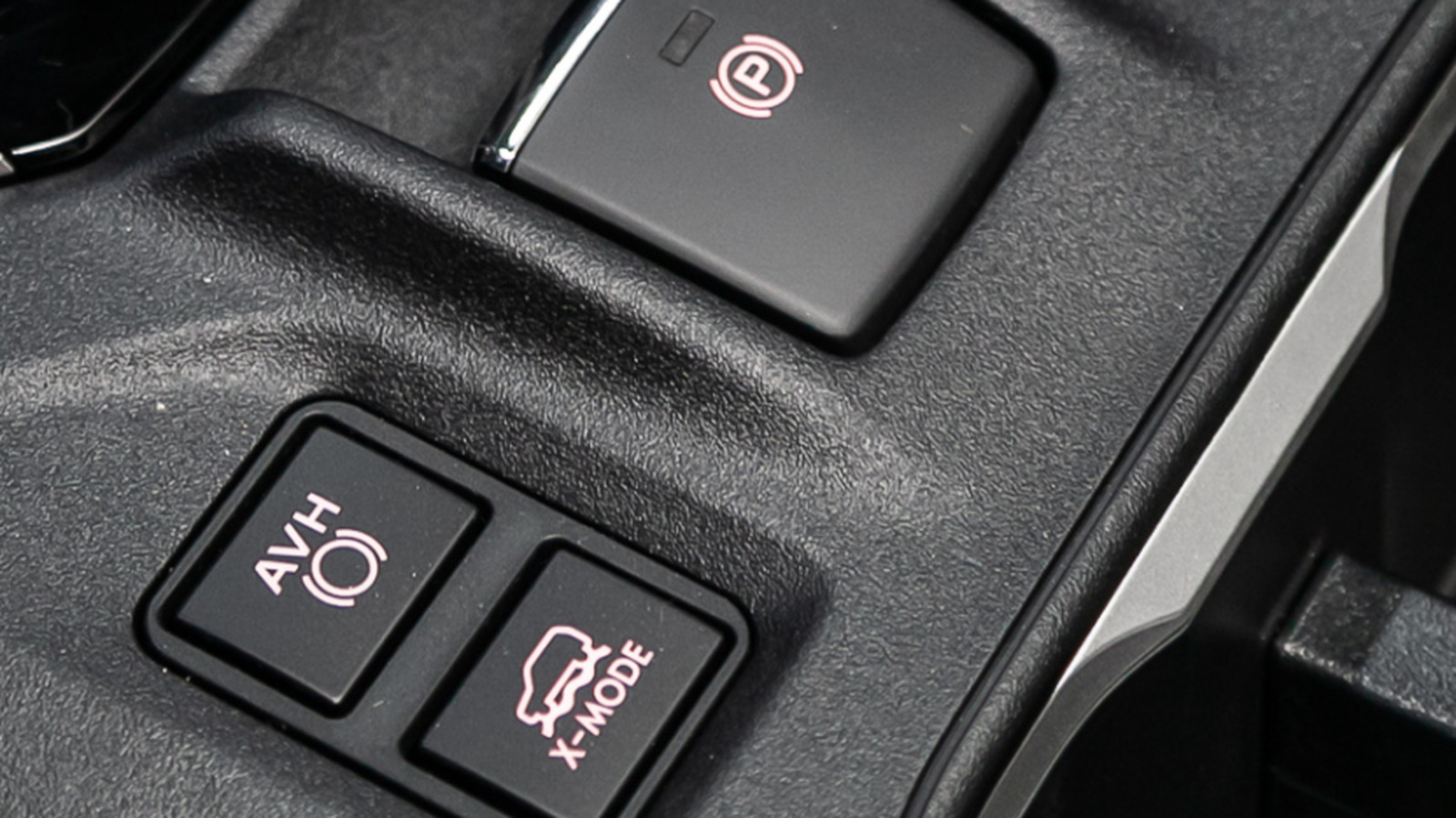
What to Do When a Car Blocks Your Driveway: Legal Steps Before You Tow

Lane Splitting vs Lane Filtering Explained: What Every Motorcyclist Should Know
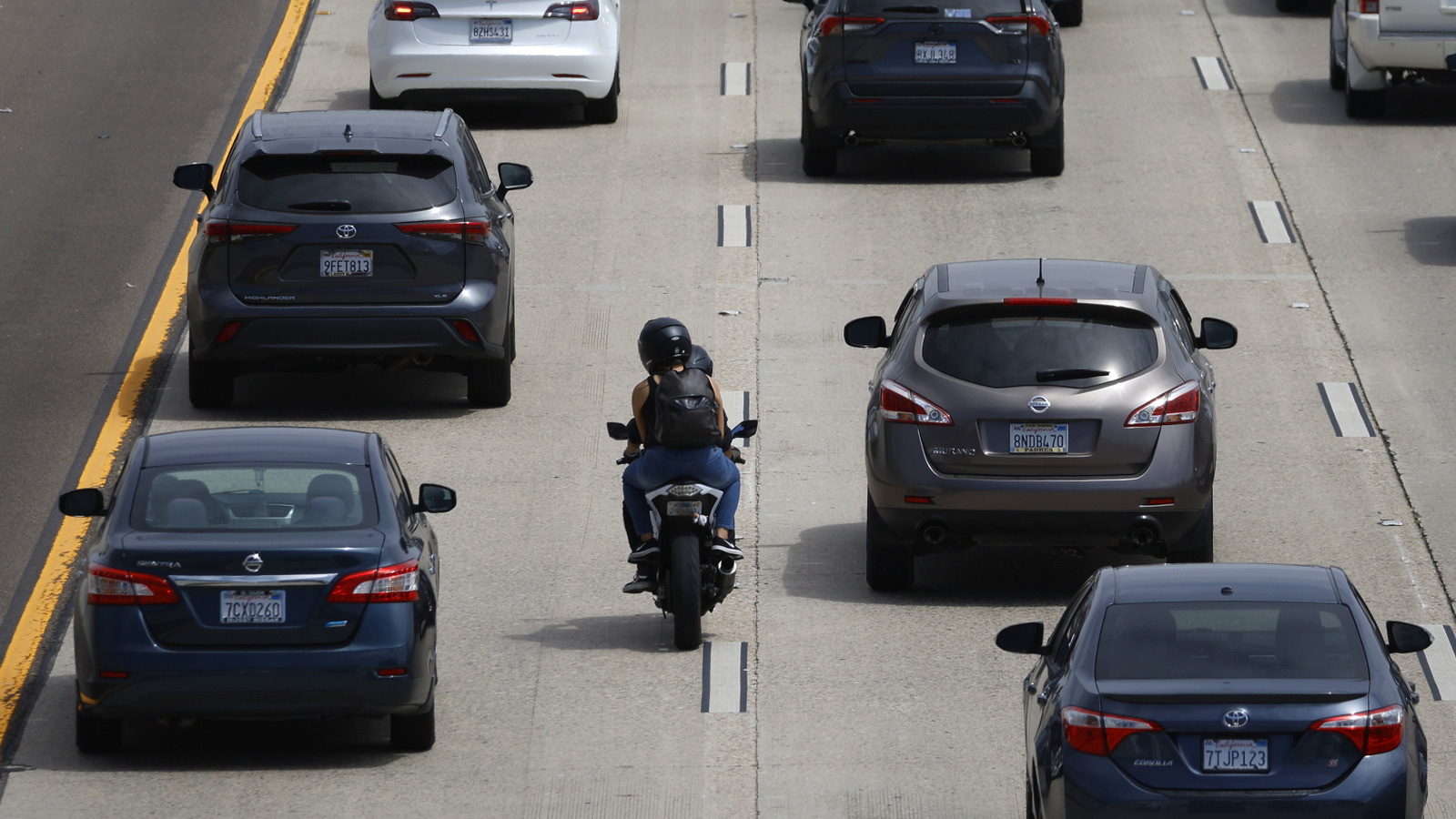
UK Set to Boost Electric Car Sales with New Grants Favoring Homegrown Models
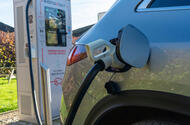 New allowances will be for retail buyers and favour UK-made cars, claims The Telegraph
New allowances will be for retail buyers and favour UK-made cars, claims The Telegraph
Grants to incentivise sales of electric cars are set to return as part of a tier system that will reward better subsidiaries to UK-made vehicles, reports The Telegraph.
The outlet claims that £640 million in taxpayer cash will be used to fund the move as part of new plans to boost retail sales of EVs.
Official details of the fund will be fully announced on Tuesday by the Labour administration the transport secretary Heidi Alexander told The Telegraph. An extra £60m will also be announced to fund the building of more public chargers.
She said: “We do know that the high upfront purchase cost of EVs is something that people are wary about.
“I think we’ve got to be honest and say there are a lot of people out there who think that EVs are just for the very wealthiest.
“We also want to really move away from people having range anxiety, to people having range awareness and knowing that they’re going to be able to make the journeys that they want to make.
“It’s right that the government thinks in the round about what we can do to tackle both of the issues, on charging and on the upfront cost of purchase.”
While this echoes the previous Conservative government’s Plug-in Car Grant that was pulled in 2022 – which took £1500 off the price of a new EV – what differs is that a tier system will be in place, effecting the amount of grant given.
This, the outlet claims, will favour UK-made cars, such as those made by Nissan which this year will begin building the new Leaf EV, and next year the Juke EV, at its Sunderland factory.
What’s more, it is expected the grant will only apply below a certain price band, meaning the most expensive and therefore more premium EVs will not be eligible.
It comes as car makers struggle to hit the UK’s Zero Emissions Vehicles (ZEV) mandate, which this year requires car makers to achieve a EV sales mix of 28% – or be fined £12,000 per non compliant vehicle. So far this year, just under 25% of all new cars sold in the UK have been fully electric.
What’s more, the worry from industry is that this number is heavily propped up by fleet sales – given the sector already has incentives via benefit-in-kind tax reliefs –which is why retail customers are now set to be supported.
The grant is part of a wider offensive from the government to increase the appeal of EVs. On Sunday it announced Drive35, a £2.5billion fund “supporting projects which help the transition to zero-emission vehicle manufacturing”.
This includes cash for manufacturing, R&D, jobs, upskilling, and more to “help ensure the UK remains at the forefront of zero-emission vehicle development”, the government said.
Business and Trade Secretary Jonathan Reynolds said: “Economic growth is our number one priority, and by funding our world leading auto sector we are creating the right conditions for increased investment, bringing growth, jobs, and opportunities to every part of the UK.”
The announcement was welcomed by Society of Motor Manufacturers and Traders’ chief executive Mike Hawes who said “is further evidence of the sector’s importance to economic growth”.
He added: “The importance of a long term, cross-government strategy with specific measures for automotive cannot be understated given the challenges facing the sector amid geopolitical uncertainty and fierce global competition.”
What Happens When You Use the Wrong Battery in Your Car
